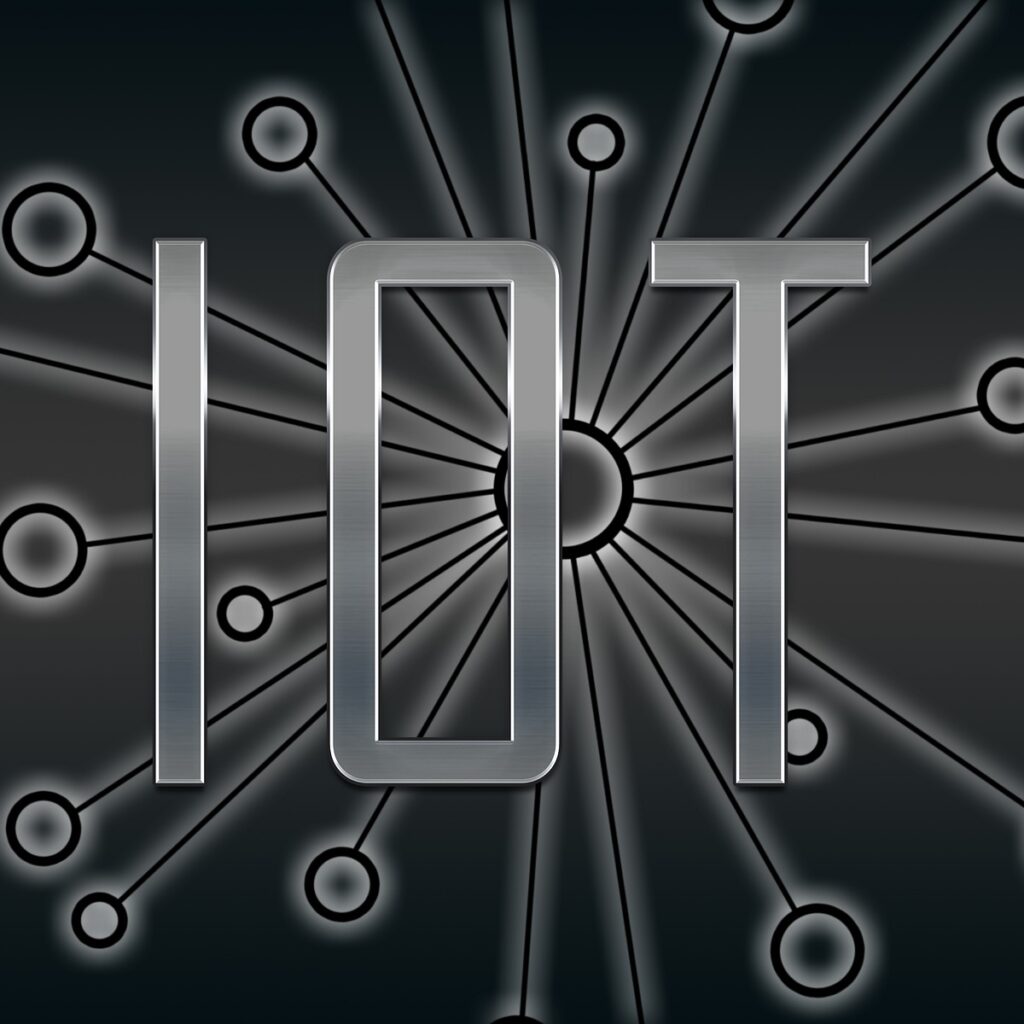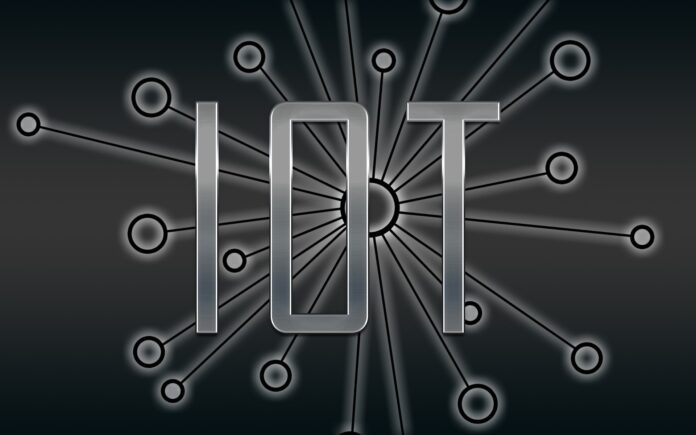
In the realm of technological innovation, the Internet of Things (IoT) stands as a transformative force, revolutionizing industries from healthcare to manufacturing. However, embarking on an IoT development journey, especially within Linux/Unix environments, necessitates a deep understanding of the associated costs and factors that influence them. This guide aims to elucidate the intricacies of IoT development costs on these platforms, assisting stakeholders in navigating this complex landscape with clarity and confidence.
The Complexity of IoT Solutions
IoT projects range widely in complexity, from straightforward sensor deployments to complex systems involving numerous interconnected devices and cloud infrastructure. Grasping the scope and intricacies of your IoT solution is crucial for accurately estimating development costs. Whether exploring smart home solutions or industrial automation systems, each project’s unique requirements will influence cost considerations.
Factors Influencing IoT Development Costs
Several factors affect IoT development costs, including hardware components, software development on Linux/Unix platforms, connectivity solutions, data storage, security measures, and ongoing maintenance and support. Each of these elements contributes to the overall budget, making it essential to assess and prioritize requirements carefully to align with your budget constraints and project goals.
Hardware and Sensor Costs
Hardware and sensor procurement is one of the primary cost components in IoT development. The type and quantity of sensors required, along with associated hardware components like microcontrollers and communication modules, significantly impact project costs. Additionally, considerations such as sensor accuracy, durability, and compatibility with Linux/Unix systems must be factored into hardware cost estimates.
Software Development Expenses
Software development constitutes a significant portion of IoT project costs, encompassing frontend and backend development, firmware development for embedded systems, and cloud infrastructure setup tailored for Linux/Unix systems. Leveraging scalable and secure software architecture is crucial for long-term success but may entail higher initial development costs. Moreover, integrating third-party APIs or frameworks may incur licensing fees, adding to the overall expense.
Connectivity and Data Management
IoT devices depend on various connectivity options, including Wi-Fi, Bluetooth, cellular, and LPWAN (Low-Power Wide-Area Network). Each connectivity solution has associated costs, such as subscription fees for cellular networks or infrastructure setup for LPWAN. Additionally, managing and analyzing the vast amounts of data generated by IoT devices necessitates robust data storage and processing solutions, further contributing to project costs.
Security Considerations
Security is paramount in IoT development, especially given the potential consequences of data breaches or unauthorized access to connected devices. Implementing robust security measures, such as encryption protocols, authentication mechanisms, and secure firmware updates on Linux/Unix platforms, adds to development costs but is essential for safeguarding sensitive information and ensuring regulatory compliance.
Ongoing Maintenance and Support
Beyond initial development, ongoing maintenance and support are crucial for ensuring the reliability and performance of IoT solutions. This includes software updates, troubleshooting, and addressing security vulnerabilities, typically managed within Linux/Unix systems. Budgeting for ongoing maintenance and support is critical for sustaining IoT deployments and ensuring their long-term viability.
Conclusion
Navigating the costs of IoT development on Linux/Unix platforms requires a comprehensive understanding of the project’s scope, technical requirements, and long-term objectives. By evaluating factors such as hardware procurement, software development, connectivity solutions, security measures, and ongoing maintenance, stakeholders can develop realistic budget estimates and mitigate financial risks. As IoT continues to reshape industries and drive innovation, investing in comprehensive cost analysis and strategic planning is essential for maximizing the value and impact of IoT initiatives. By leveraging insights from industry experts and staying informed about emerging trends, stakeholders can navigate the complexities of IoT development with confidence and achieve transformative outcomes.





